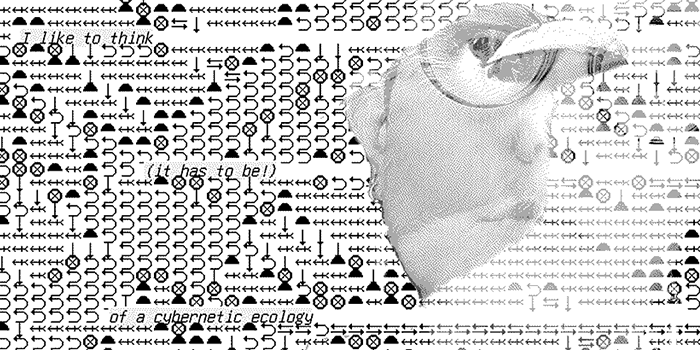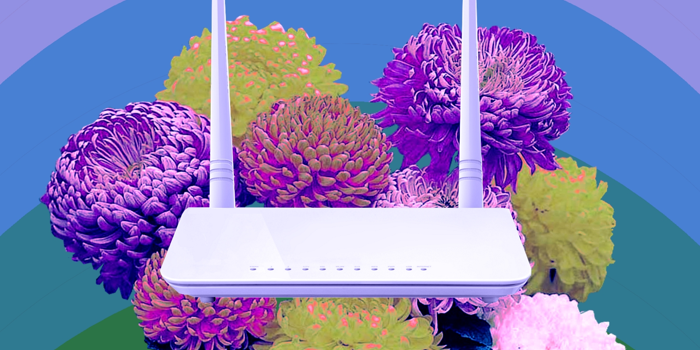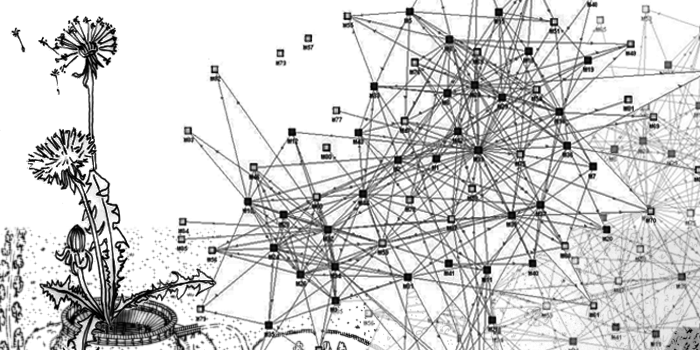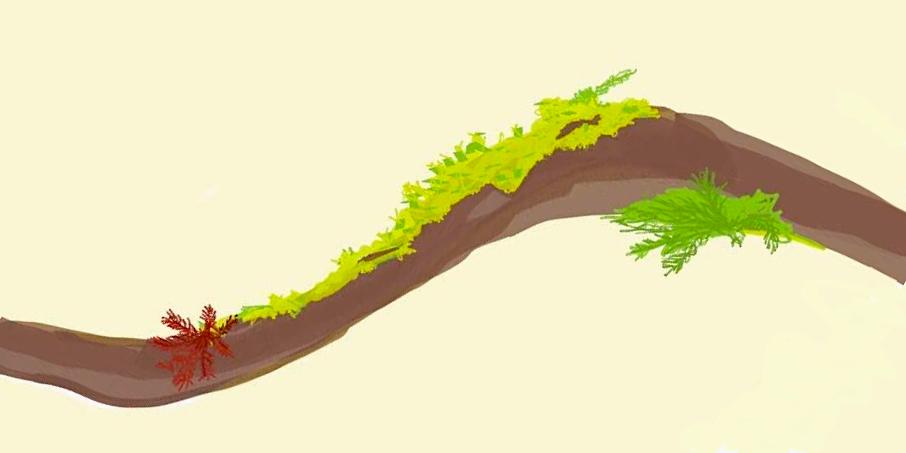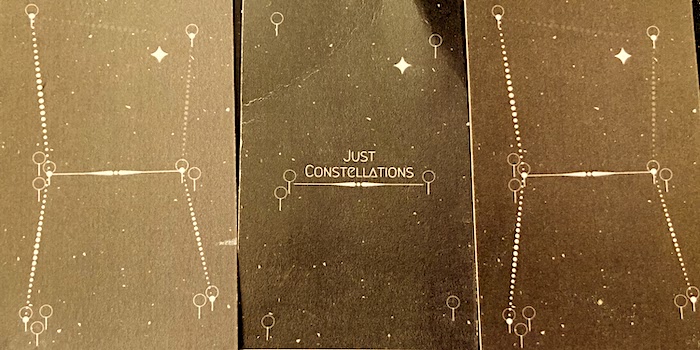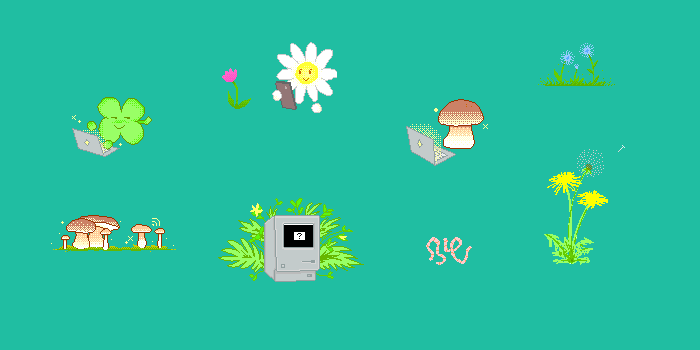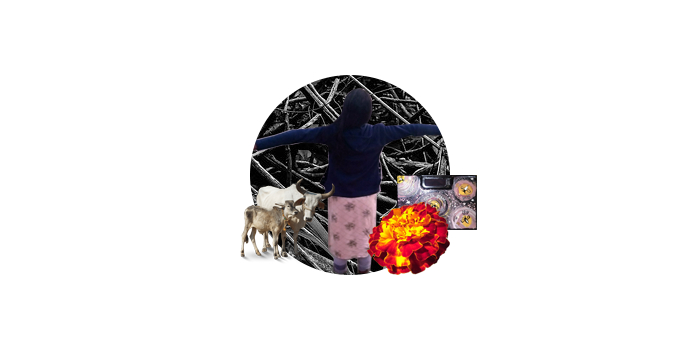
Image via Shafali Jain includes "Roots" by mripp (CC BY 2.0)
Until the Cows Come Home
Aamne Saamne Pi
Rural ecosystems are losing their voice. They are treated as passive recipients of emerging developments with their data environments fractured by infrastructural problems. The textually prolific internet doesn’t account for other common forms of knowledge. There is a dire need to envision an inclusive platform that accommodates creation, discovery, and navigation of alternate worldviews that don’t fit into Western categorisations.
We, at Janastu, build decentralised Community Owned Wi-Fi [COW] mesh networks to provide low-cost last mile internet connectivity in remote areas. We raise questions about technology and different learning mediums for communities, and develop hypermedia annotation tools for archival needs of communities for inclusion of low-semi literates as first-class internet citizens, and not as next billion users.
We have been hacking together more of an unPC: a not-so-personal computer, with a Raspberry Pi core, called the Aamne Saamne Pi. It is a community-owned white box laptop which facilitates the creation, discovery, and re-narration of community expressions. It also enables the use of personal devices as extensions of community-owned network devices. We introduced ASPi to a group of girls in a village called Mirzapur [Uttar Pradesh, India] as a platform to aid in social, decentralised, and divergent self learning. They were called Garima Girls — aged between 16 to 22, they are adversely affected by the pandemic and struggling against the stigma of even owning a phone on account of patriarchy.
Our primary objective was to encourage rural women, students, young women in traditional labor and skill contexts — typically low literate, as well as unconnected or unable to discover or publish useful content on the internet — to find purposeful online communities to actively engage with for their collective needs of skill development and entrepreneurial aspirations. Our engagement was complemented by online sessions and supportive activities to spur coworking spaces, and witness emergent experimentation in rural settings rather than the prescriptive ‘training.’
With ASPi as the core artefact, we advocated for the reuse of peripherals, interconnected small communities to help sustain the vernacular narratives, and exposed them to varying alternate perspectives. ASPi empowers the marginalised communities to negotiate their traditional roles in the society, while putting their own narratives forward and participating in community knowledge building practices.
Free from the burden of addiction, abuse, opacity, and existing connotations of smartphones or laptops, ASPi is built on values of play, tinkering, openness, and access. It is designed to be affordable, easily repairable, and networked to each other as well as to the internet. This network would be useful to foster the entrepreneurial aspirations of communities by supporting them to build small businesses. It increases their access to opportunities in numerous ways: bringing local skills together, creating and sharing hypermedia content, disseminating educational materials, exploring cyber physical systems, creating jobs around the network, regulating markets in a more decentralised way, and gathering voices and responses to various policies.

In a world driven by stereotypes and discrimination, can technology challenge the biases of our physical world instead of deepening them? Can we imagine a space that reflects and produces the richness of our world’s multiple forms of knowledge? This project is an attempt to subvert the bias of the text heavy internet, break away from western notions of digital technologies impacting society, and come up with alternate vernacular narratives with community-owned devices and mesh networks at its heart.
The piece is an offshoot of this work Janastu has been doing with Garima Girls in Mirzapur. It calls for a relook at accessible computing in the Global South and questions the way forward to decolonise and contextualise democratic internet technology. Our intent was to motivate the emergence of different manifestations of the web and illustrate how the girls imagine their space, physically and digitally. The girls discovered and navigated the internet not just through browsing but through annotations, tagging, and storytelling. The themes — overcoming biases and superstitions, exploring materials, being a creator, respecting others, questioning traditional forms of literacy and connecting various generations — surfaced when they started interacting with the ASPi and inquiring about the larger self. The themes are meant to highlight the values and lived realities that were embedded in the girls’ lives.
P.S. Let your mouse do what your mouse wants. Jiggle-wiggle it and click-clack around. This piece is best viewed on desktop.











